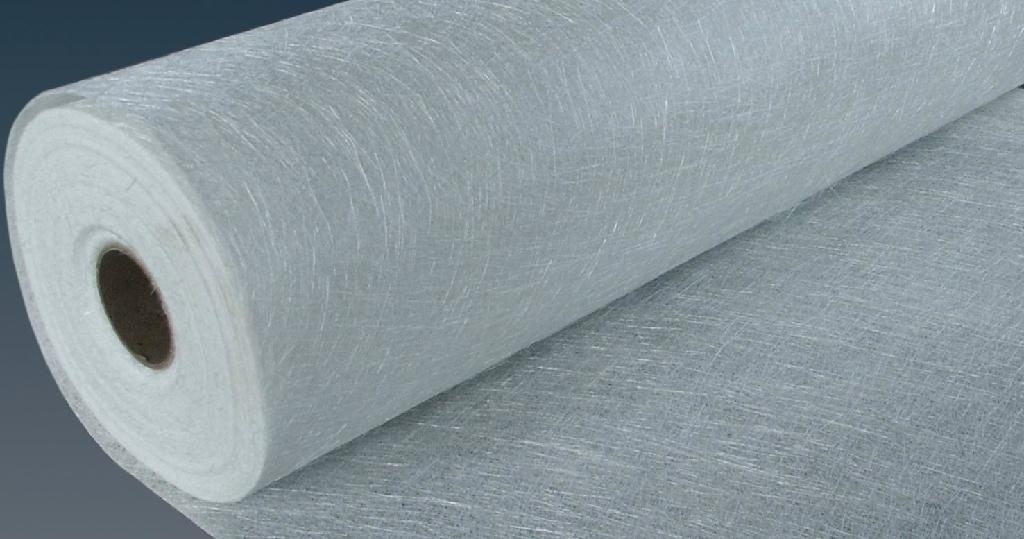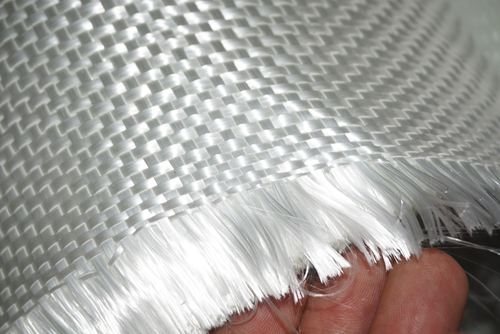20 Questions on Glass Fiber Knowledge
 Aug 22, 2023|
Aug 22, 2023| View:356
View:3561. Classification of fiberglass products?
Yarn, cloth, felt, etc

fiberglass chopped strand mat
2. What are the common classifications and uses of FRP products?
Hand layup, mechanical molding, etc
3. How does the sizing agent work?
Interface bonding theory
4. What is the classification of sizing agents?
Enhanced, reinforced textile, etc
5. What are the types of enhanced sizing agents?
Wrapping, extrusion, SMC, spraying, etc
6. What are the differences in the production and products of glass fibers due to the differences in sizing agents?
Classification, requirements, differences, grades, etc. of yarn
7. What are the formula components of general sizing agents?
Main film-forming agent, auxiliary film-forming agent, lubricant, anti-static agent, etc
8. What are the types of sizing agents and film forming agents. What are their characteristics?
Polyester resin, epoxy, PU, PVAC, acrylic ester, etc
9. What are the functions of different formula compositions?
Film formation, stiffness, immersion, etc
10. Why do different manufacturers have different formulations of sizing agents?
Process, climate, etc

04 Glass fiber cloth
11. Which components in the sizing agent formula are adjustable and will not affect the basic performance of the yarn?
Lubricants, anti-static agents, auxiliary film-forming agents, etc
12. What are the differences between different lubricating components in the formula?
Dry lubrication, wet lubrication, etc
13. What is the role of coupling agents in the production process of glass fibers? What are the differences between different coupling agents?
Interface bonding, reinforced substrate resin differences, etc
14. What is the difference between hard yarn and soft yarn? How to classify?
Stiffness, monofilament diameter, etc
15. Why do the production conditions of medium alkali yarns differ in different climates?
Moisture absorption, climate, etc
16. What are the differences between extruded profiles and pipes, and what are the performance requirements for yarns?
Strength, toughness, etc
17. What types of sizing agents are used for textile yarns?
Paraffin type, 711, 811, starch type, etc
18. What are the types of modified starch? What are their characteristics?
Esterification, etherification, etc
19. What are the components of textile type sizing agents? What is the function?
Film forming agents, plasticizers, lubricants, etc
20. What are the main film-forming agents for reinforced textile yarn sizing agents? What are their characteristics?
Epoxy, PU, polyester, PVAC, acrylic ester, etc












